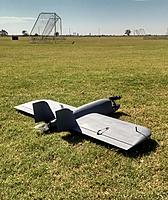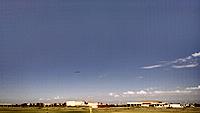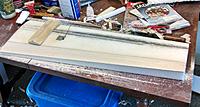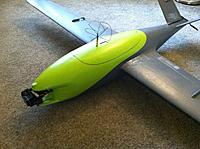As the title indicates the goal is an FPV plane that weighs less than the 250gm FAA registration limit. I would also like to squeeze in a Vector autopilot and achieve flight times in excess of an hour at partial throttle settings, or up to 1/2 hour at full throttle. Essentially, I'm attempting to achieve all the capability we are used to in our larger FPV planes at this low weight restriction.
The first attempt was a Horten style wing which I'd never done before, and the more I flew it, the less I liked it's handling characteristics. May be how I built it, wrong airfoil choice or just a poor planform for widely variable speeds as the speed dependent trim changes were rather dramatic and annoying after a while. I also missed the weight goal by 20-25gms with the Vector and batteries I wanted to use. So a lighter airframe was called for as that was the only place to save significant weight.


While a conventional configuration would probably perform the best here, the plank is simpler, weighs the same and is probably more durable which will be a factor with the lighter construction. After drawing up the wing in DevWing Cam and printing the plans out, the wings are now complete at 12.3gms each and covering will add minimal weight with RA Microlite. The fuselage will be constructed of the lost foam method, the halves are ready for composite application and bagging. The goal for a complete fuselage is 28gms or 1oz, and a bare airframe weight of 60gms. This should save more than the weight needed with a little buffer to spare.
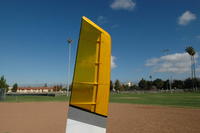 Views: 616
Views: 616  Views: 527
Views: 527  Views: 499
Views: 499  Views: 589
Views: 589  Views: 536
Views: 536 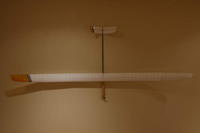 Views: 543
Views: 543  Views: 538
Views: 538 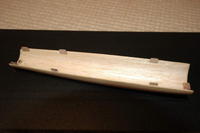 Views: 523
Views: 523 
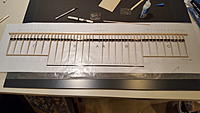












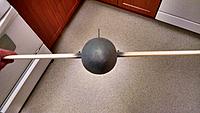

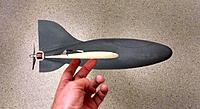
 ) to get out of the hobby and having some spare time on my hands I started another project. It essentially incorporates all the lessons learned from Nessie but now incorporating the Phobotic driven DYS Smart gimbal and doing away with the excessively large fuselage. The vTx antenna will be on the wing out in the wind, but the LRS antenna will go in a winglet for some drag reduction. As with Nessie the wings are removable without tools and the horizontal tail comes off with a single nylon screw for transport.
) to get out of the hobby and having some spare time on my hands I started another project. It essentially incorporates all the lessons learned from Nessie but now incorporating the Phobotic driven DYS Smart gimbal and doing away with the excessively large fuselage. The vTx antenna will be on the wing out in the wind, but the LRS antenna will go in a winglet for some drag reduction. As with Nessie the wings are removable without tools and the horizontal tail comes off with a single nylon screw for transport.
